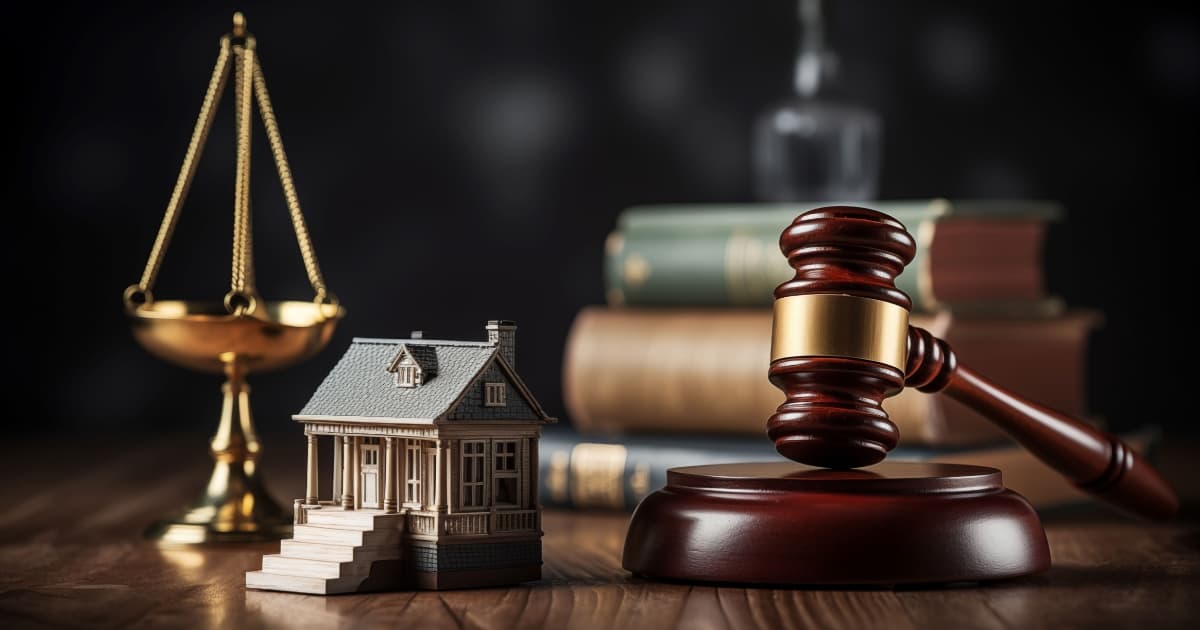We're loading the full news article for you. This includes the article content, images, author information, and related articles.
While Kenya’s protesters are swiftly arrested and charged, police officers implicated in brutality face little to no accountability. This widening justice gap is fueling anger, grief, and a renewed push for legal reform.

Byline: Nairobi, Kenya –
As protests continue to ripple across Kenya, demanding economic relief and political reform, an unsettling pattern has emerged: while young demonstrators are often arrested within hours of taking to the streets, law enforcement officers implicated in brutality and excessive force routinely evade scrutiny, let alone prosecution.
The contrast between the speed of protester detentions and the sluggish pursuit of police accountability has deepened public distrust in the country’s justice system and intensified calls for structural reform in both the Kenya Police Service and oversight institutions.
Since the resurgence of youth-led protests in mid-2024—most notably around the controversial Finance Bill and broader calls for government accountability—hundreds of demonstrators have been arrested nationwide. According to data from the Kenya Human Rights Commission (KHRC), over 700 arrests were made during the July 2024 and July 2025 demonstrations.
Many of those detained were held without charge for days, denied access to legal representation, or released on exorbitant cash bail. Several underage protesters were reportedly detained in adult cells, raising further alarm from child rights advocates.
“The state seems to have a stopwatch for arresting peaceful protestors,” said KHRC Executive Director Davis Malombe. “But when police officers kill, maim, or disappear civilians, there is an eerie institutional silence.”
Despite video evidence, eyewitness testimony, and sustained civil society pressure, very few officers involved in protest-related killings or brutality have faced prosecution. According to Missing Voices Kenya, at least 47 people have been killed by police since June 2024 during protest crackdowns—many shot at close range or struck with tear gas canisters.
Independent Policing Oversight Authority (IPOA) officials have confirmed ongoing investigations into several cases, including the high-profile deaths of university student Brian Malika and 17-year-old Lillian Akinyi in Nairobi’s Mathare and Githurai neighborhoods, respectively. Yet to date, no officer has been publicly charged in connection to these fatalities.
IPOA Chairperson Anne Makori, in a recent press briefing, urged patience and promised thorough investigations. However, activists argue that such assurances have become routine posturing.
“Investigations are not justice,” said Wanjiru Gikonyo of the Institute for Social Accountability. “Until an officer stands trial for shooting an unarmed child, IPOA’s credibility remains in question.”
The perceived disparity in legal response has amplified frustrations among youth and civil society groups. Protesters have frequently posted their arrest photos and charge sheets on social media, while contrasting them with video clips of police violence that appear to go unpunished.
A 2025 report by Amnesty International–Kenya found that:
92% of protest-related arrests were processed within 48 hours.
Only 6% of police misconduct cases over the same period resulted in public disciplinary action.
In cases of police killings, families of victims often encounter intimidation, bureaucratic hurdles, or unclear legal pathways to justice.
Interior Cabinet Secretary Kithure Kindiki has maintained that the government respects the right to protest, but insists on “order and public safety.” He has defended the police response as proportionate and necessary to protect lives and property.
Yet for many Kenyans, this justification rings hollow.
At recent funerals for slain protesters, grieving families demanded accountability, not condolences. At a vigil in Nairobi’s Central Park, candles were lit for over two dozen victims, with placards reading: “Where is justice for the dead?” and “We are safer without your protection.”
Lawyers and rights experts say the justice system’s inertia in addressing police violence stems from institutional entanglement, where investigative bodies lack autonomy, and prosecution relies on police cooperation.
“The police cannot police themselves,” said constitutional lawyer Waikwa Wanyoike. “And as long as we lack an independent special tribunal on police killings, impunity will persist.”
Some legal practitioners have called for reforms including:
Fast-tracking cases of extrajudicial killings.
Empowering civilian-led special prosecutors for police crimes.
Strengthening witness protection and forensic documentation protocols.
The growing perception that the state punishes dissent swiftly while shielding its enforcers sets a dangerous precedent. In a democracy, equal protection under the law is not optional — it is foundational.
Kenya’s youth are increasingly aware of this imbalance. And as they continue to demand not just economic dignity, but also accountability without delay, the nation’s justice institutions face a choice: either close the gap between who is punished and who is protected—or risk losing public legitimacy altogether.
Keep the conversation in one place—threads here stay linked to the story and in the forums.
Other hot threads
E-sports and Gaming Community in Kenya
Active 7 months ago
Popular Recreational Activities Across Counties
Active 7 months ago
The Role of Technology in Modern Agriculture (AgriTech)
Active 7 months ago
Investing in Youth Sports Development Programs
Active 7 months ago